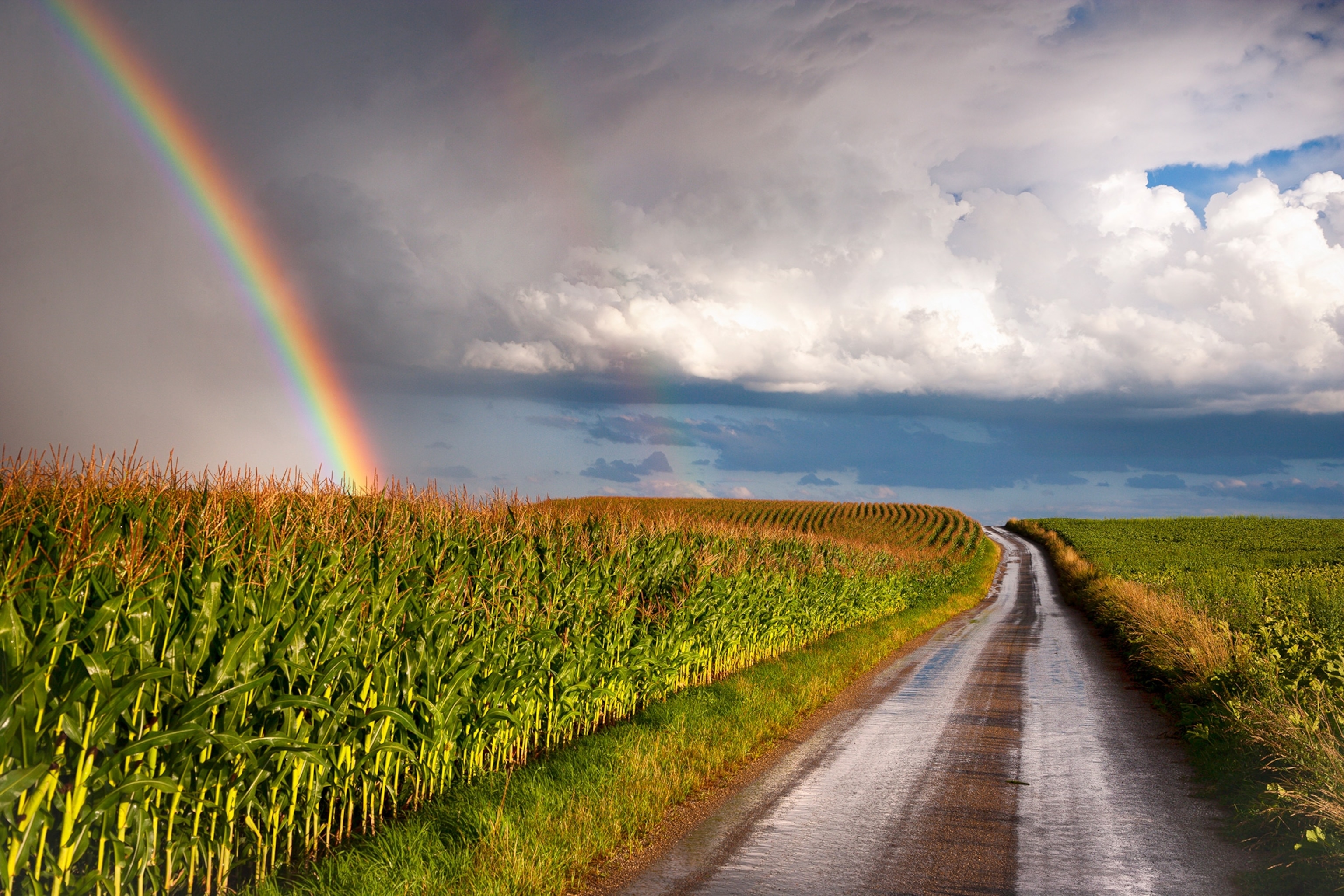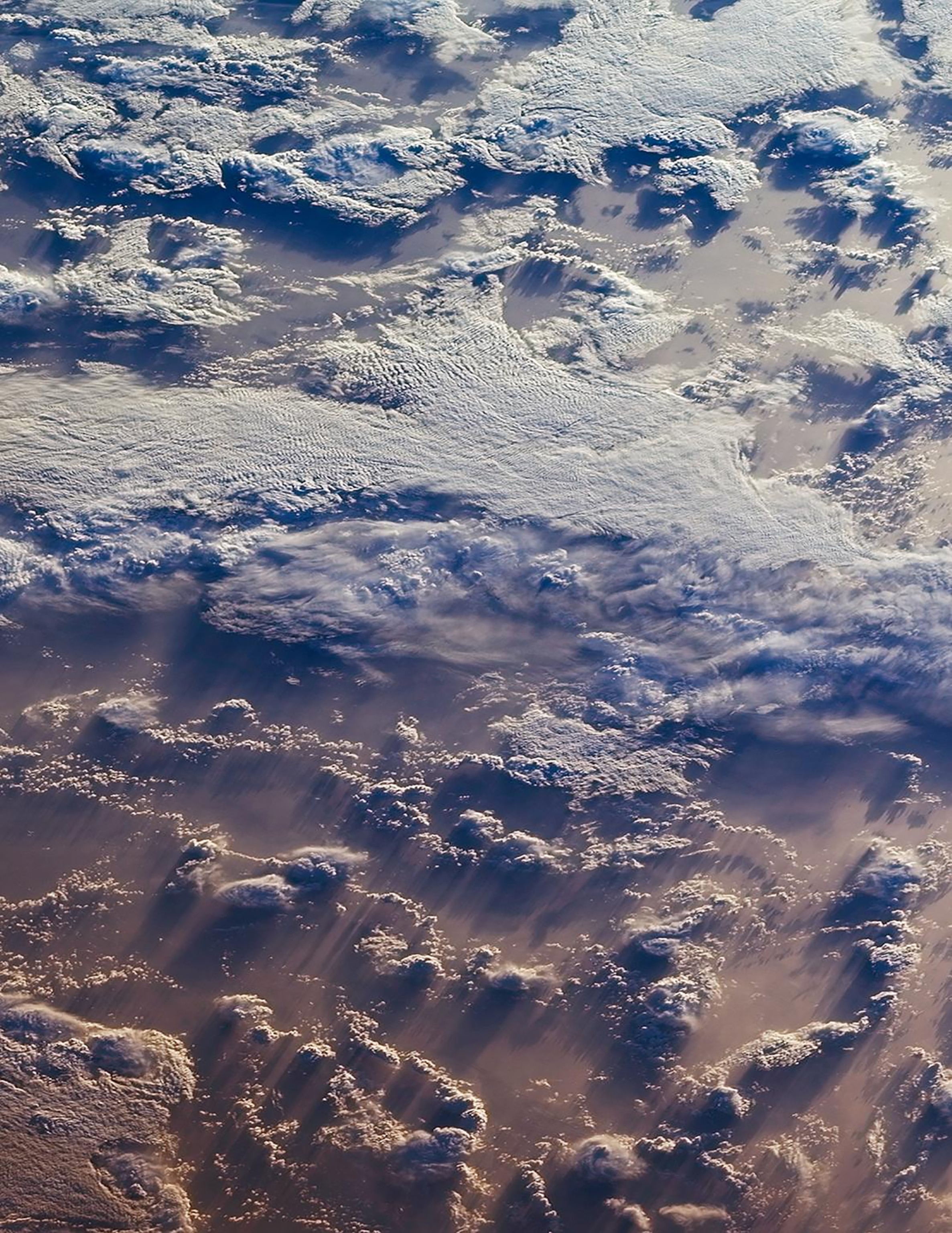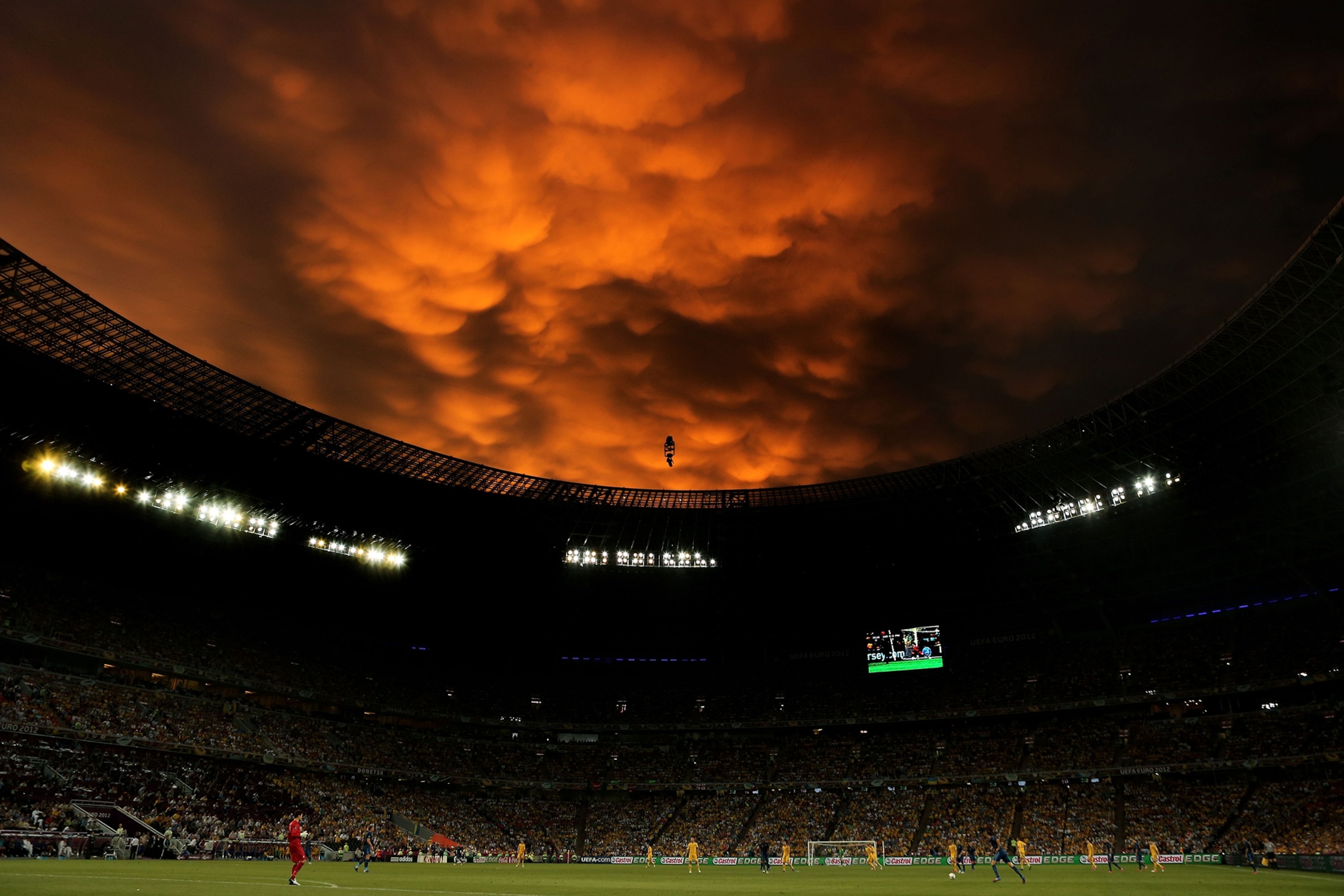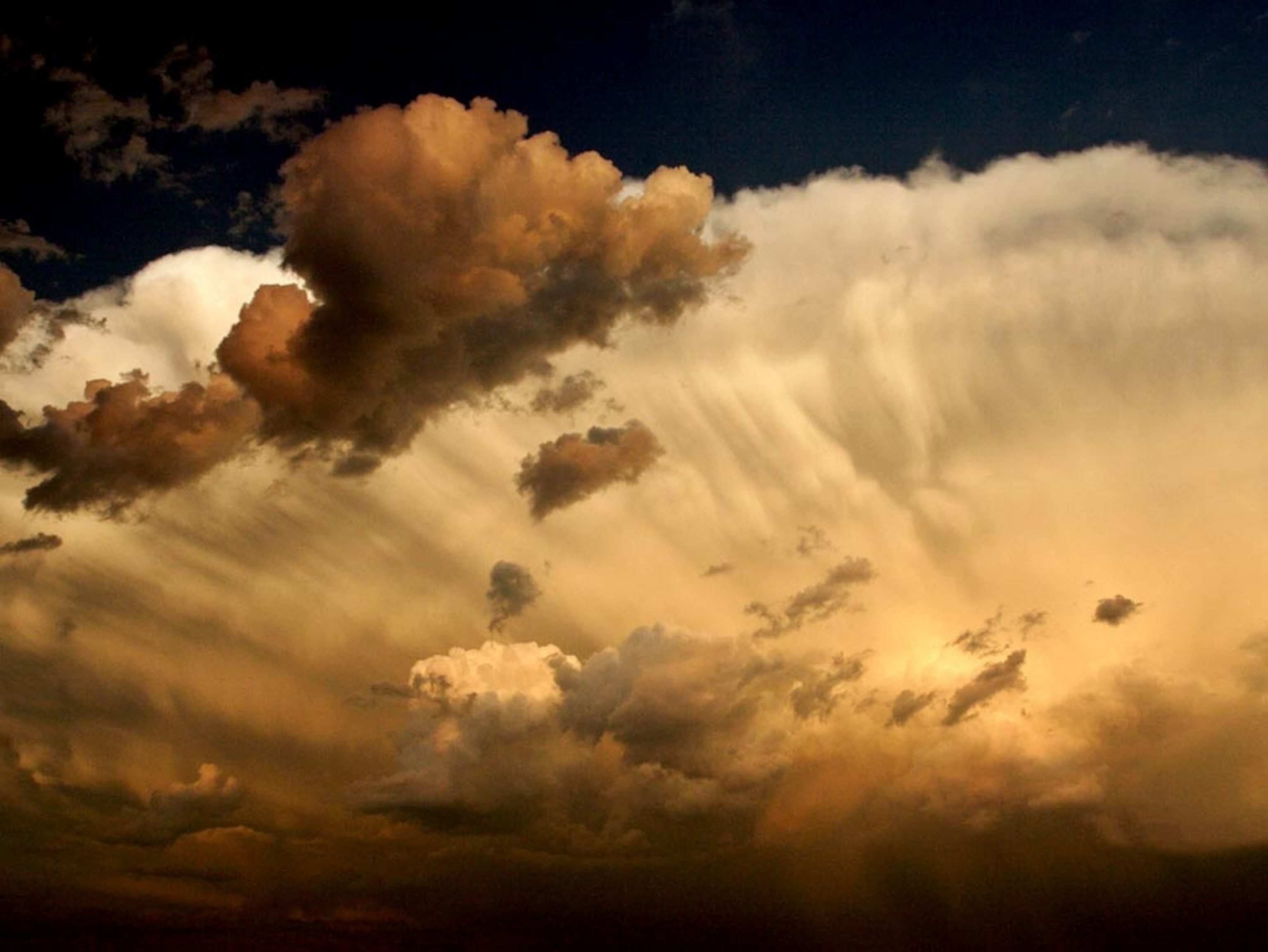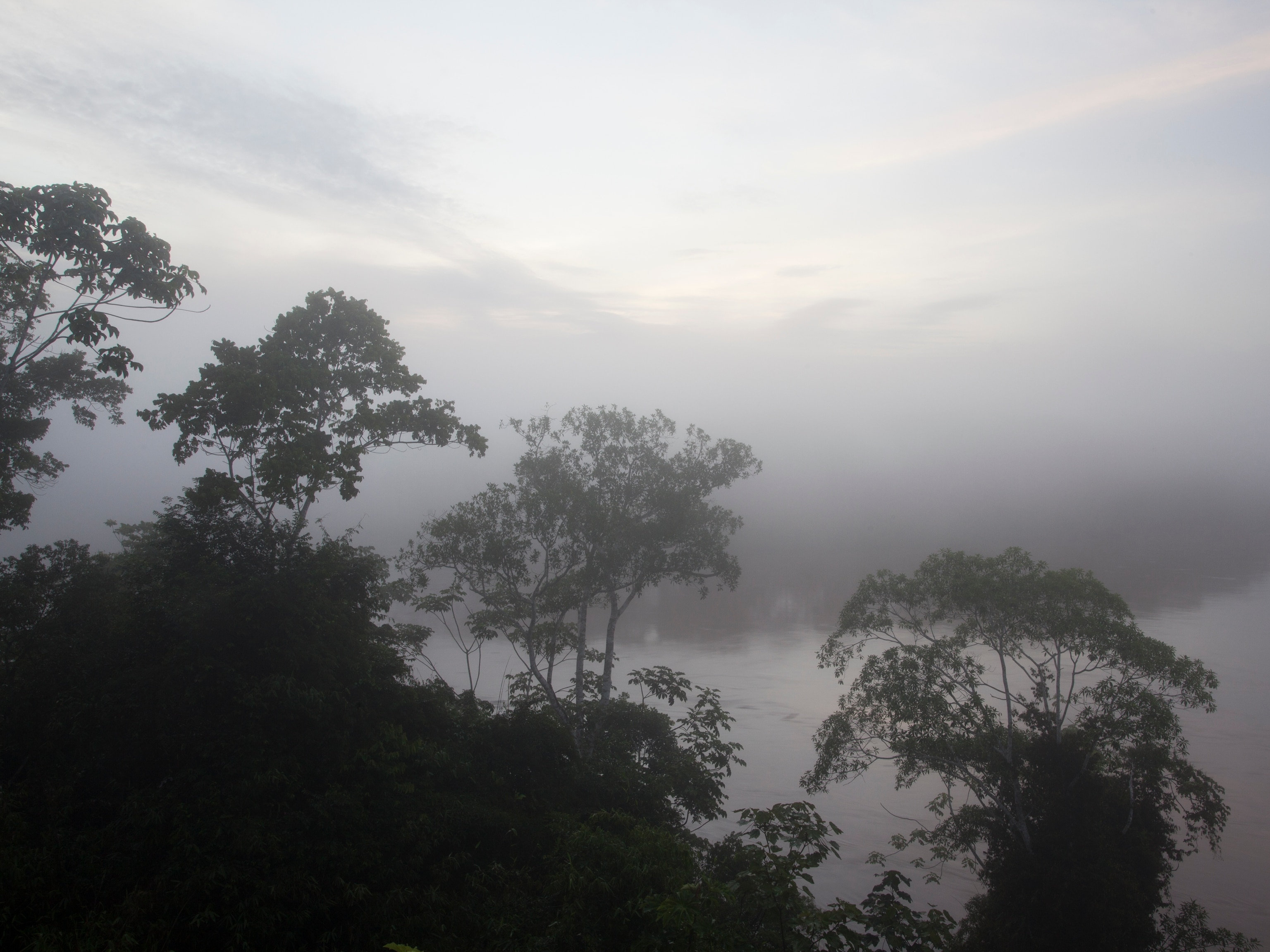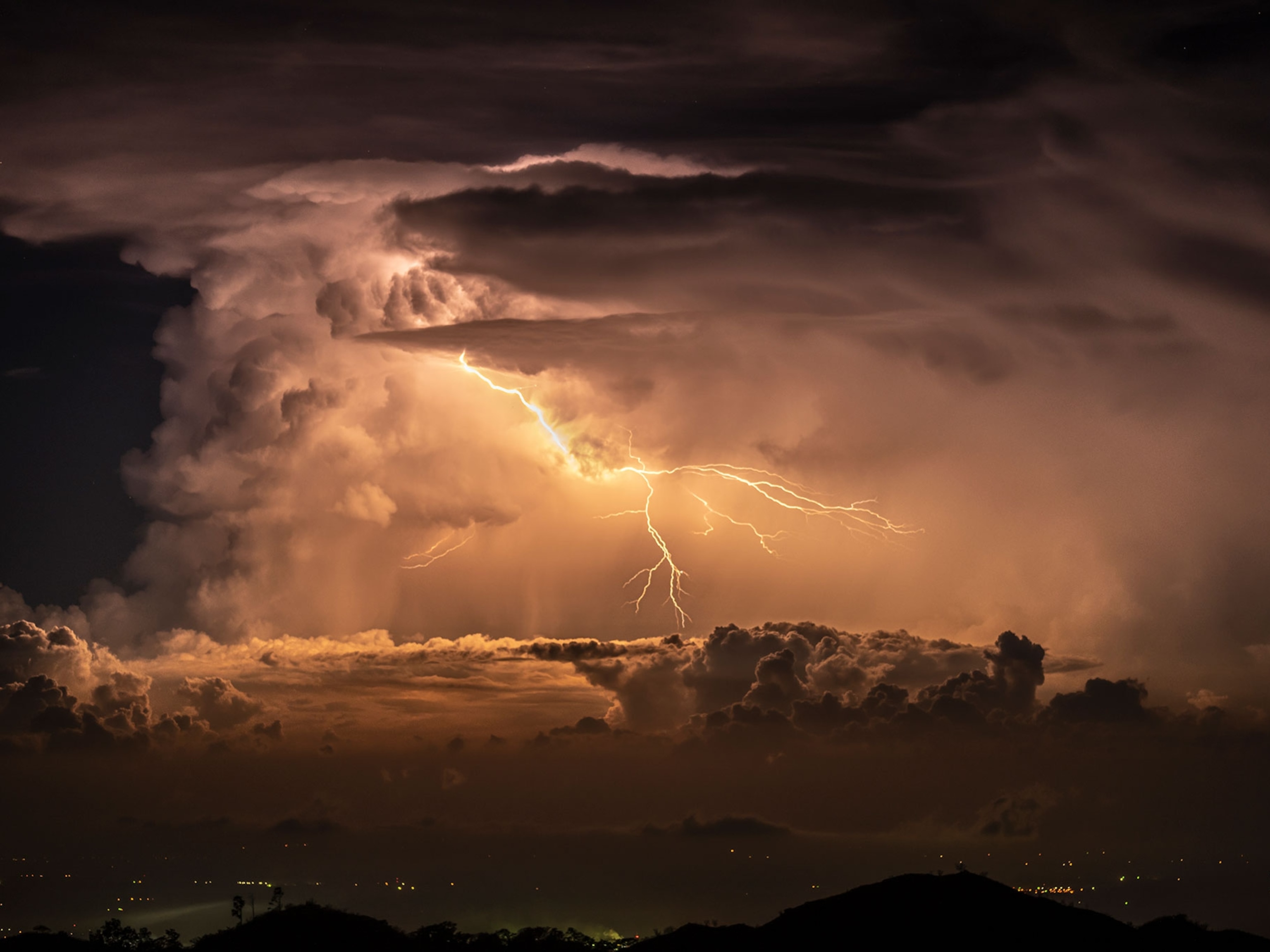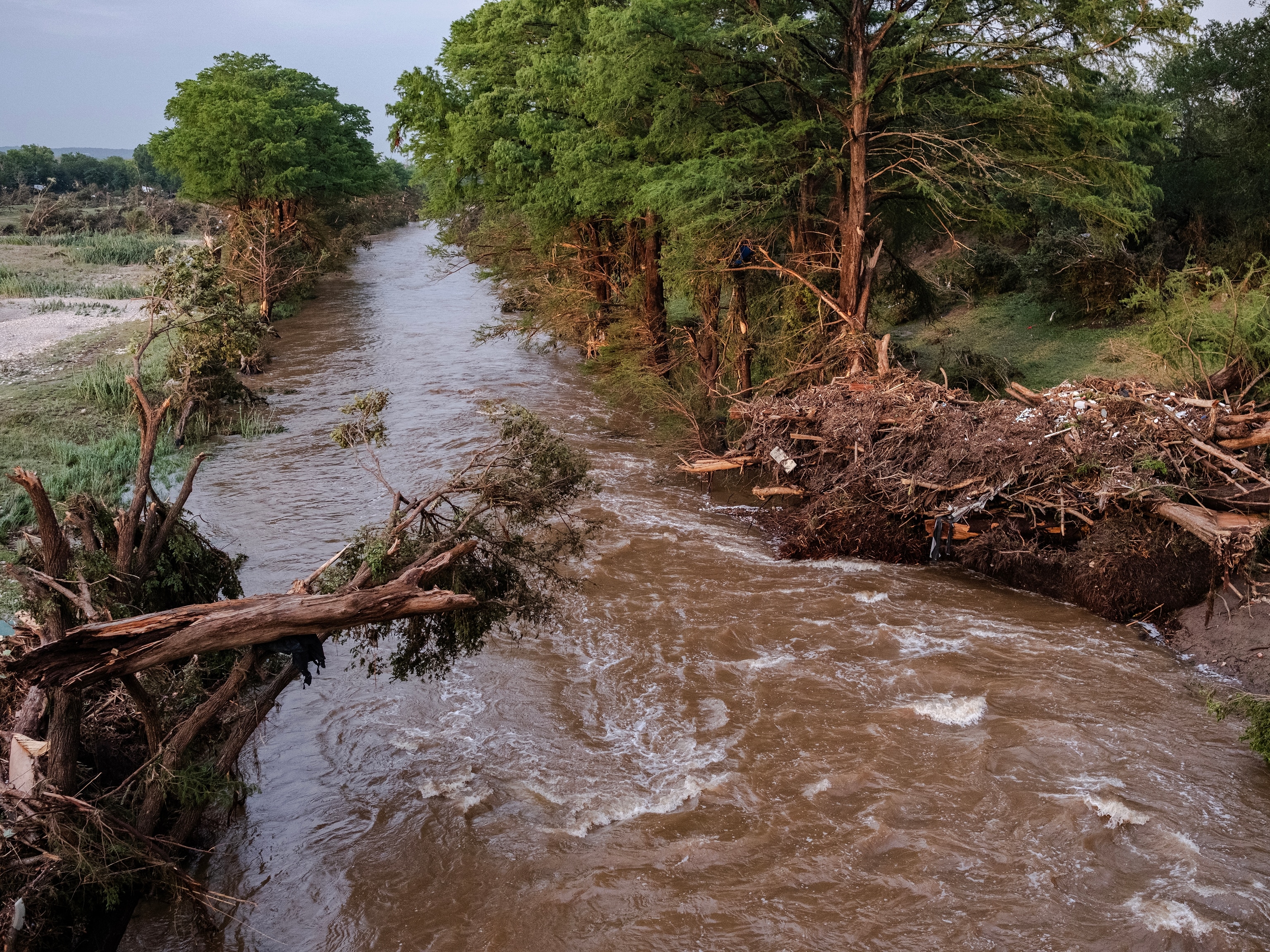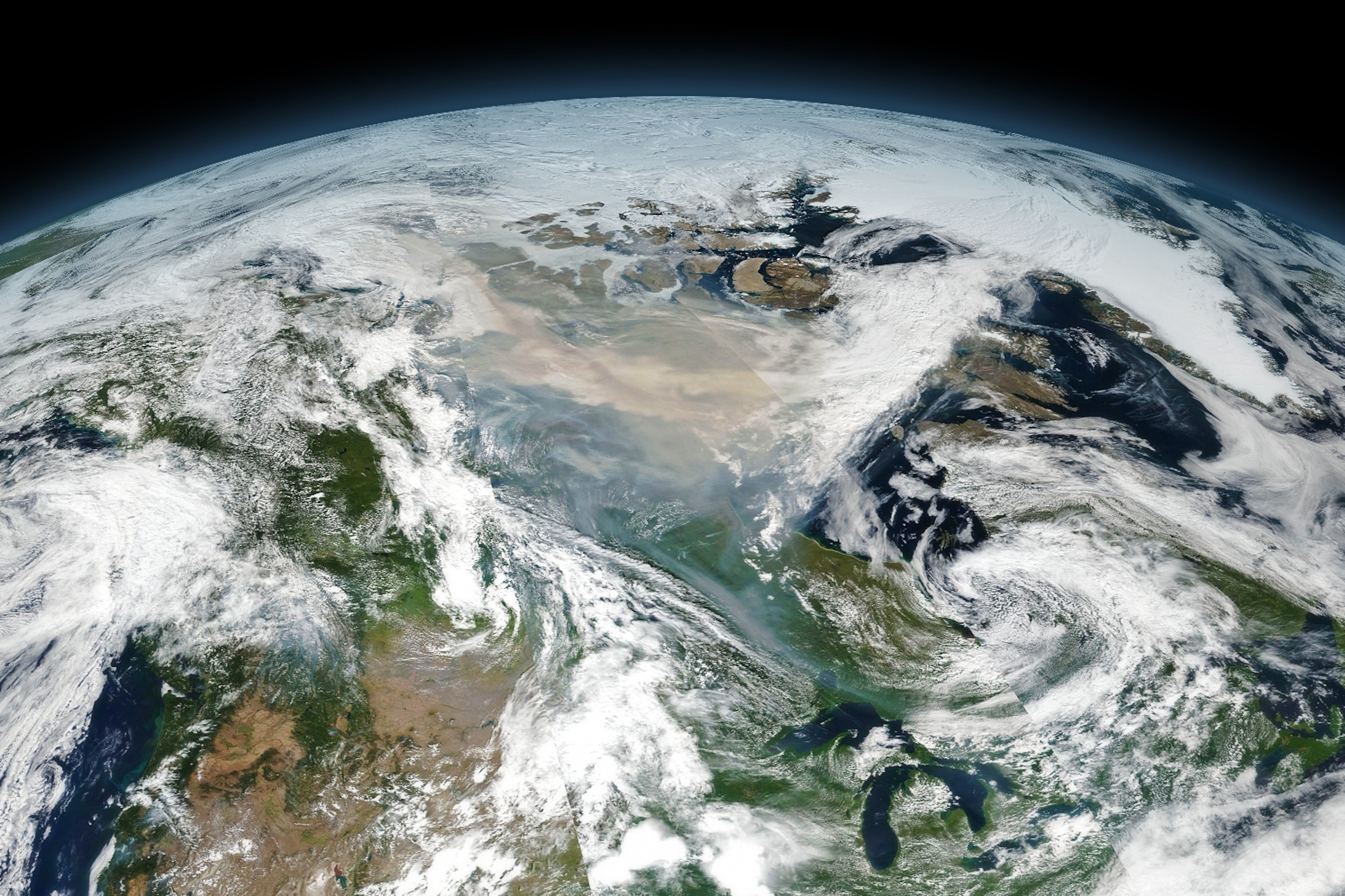
To better grasp nuclear winter, scientists study wildfire cloud
A giant cloud from 2017 Canadian fires lingered in the atmosphere for a year, showing scientists how a cloud from a nuclear bomb would behave.
If a nuclear war were ever to occur, the toll would be catastrophic. Bombs would flatten entire cities, spreading deadly radiation far and wide. Fires sparked by the explosions would raze vast swaths of forest, sending toxic smoke streaming into the upper atmosphere where it would block the sun and trigger a global nuclear winter.
At least, that’s what the models say. Observations published Thursday in Science are confirming a key bit of physics underpinning those apocalyptic forecasts. The new data doesn’t come from a nuclear attack, but from a giant thundercloud formed by fire.
“Our previous model simulations showed that smoke, put into the lower stratosphere—above the layer where we live—would be heated and lofted to the upper stratosphere,” says study co-author Alan Robock, a climate scientist at Rutgers University. “But we’d never observed that until this case where there was smoke put up by forest fires.”
The ‘mother of all fire clouds’
Those forest fires occurred on August 12, 2017, during a blisteringly hot, pyrotechnic summer in British Columbia. On that day, weather conditions conspired with the intense heat from a rash of wildfires to create a powerful updraft. That updraft pushed a plume of particles aloft, forming a cluster of towering, smoke-filled thunderclouds. Scientists had observed such fire weather systems before, but never quite at that scale.
It was, as Robock put it, the “mother of all fire clouds.”
Like a chimney, the fire cloud began funneling smoke some 8 miles up into the stratosphere, creating a hazy plume. Over the course of two months, the plume rose and rose, fanning out across the Northern Hemisphere and peaking at an altitude of about 14 miles. Smoke lingered in the stratosphere for the better part of a year.
It was the plume’s continued ascent after its initial injection into the upper atmosphere that the new study focuses on and attempts to explain. According to lead study author Pengfei Yu of the Institute for Environment and Climate Research at Jinan University in China, models of nuclear winter produce similar behavior due to tiny flecks of soot, or black carbon, inside the nuclear fireball-fueled smoke plume.
“The soot will absorb solar energy, warming the surrounding air,” Yu says. “And the air will become more buoyant.”
By matching data from satellites with numerical model simulations, the researchers determined that the 2017 plume’s ascent was best explained by black carbon comprising about 2 percent of its mass.
“It validates our theory,” Yu says.
The observation also bolsters our understanding of basic fire weather physics, says Craig Clements, director of the Fire Weather Research Laboratory at San Jose State University. Normally, he says, when researchers think about a rising plume, they’re only considering how heat from the fire itself creates updrafts.
“But what they’re showing is the carbon actually causes the warming and the plume to rise in height,” Clements says. “That’s cool.”
Nuclear fires
If the 2017 fire cloud sheds a little light on how a nuclear attack would ripple through the sky, it also highlights the limits of our knowledge about such cataclysms.
In addition to black carbon, the researchers showed that the 2017 fire plume was filled with organic matter. Yu says these particles weren’t previously considered in nuclear winter models because of the assumption that they’ll be quickly degraded in the stratosphere.
But in 2017 “we clearly saw organics stay in the stratosphere for a few months,” Yu says. “The lifetime is much longer than we thought previously.”
Then again, fires that torch entire cities might be chemically quite different from a forest fire. All of those melting plastics and asphalt could, potentially, kick up fewer organics but far more soot, perhaps causing the plume to self-loft even higher.
And the sheer scale of nuclear fires may be larger than anything humans have experienced. While the researchers estimate that some 331,000 tons of particles were shot into the stratosphere during the 2017 event, that’s “at least a factor of 10 smaller than an amount we’d estimate from a war between India and Pakistan,” Robock says.
Studying future extreme fire weather events could help fill in some of the gaps. Robock and co-author Brian Toon of University of Colorado, Boulder are conducting additional simulations to better understand how nuclear winter could impact everything from global crop production to the marine food web.
This work is all rather grim, Yu admits. “We don’t want nuclear winter to happen in our lives at all,” he says. “But I think as scientists, we have to show people the really bad climate impacts of nuclear war so people avoid it.”


